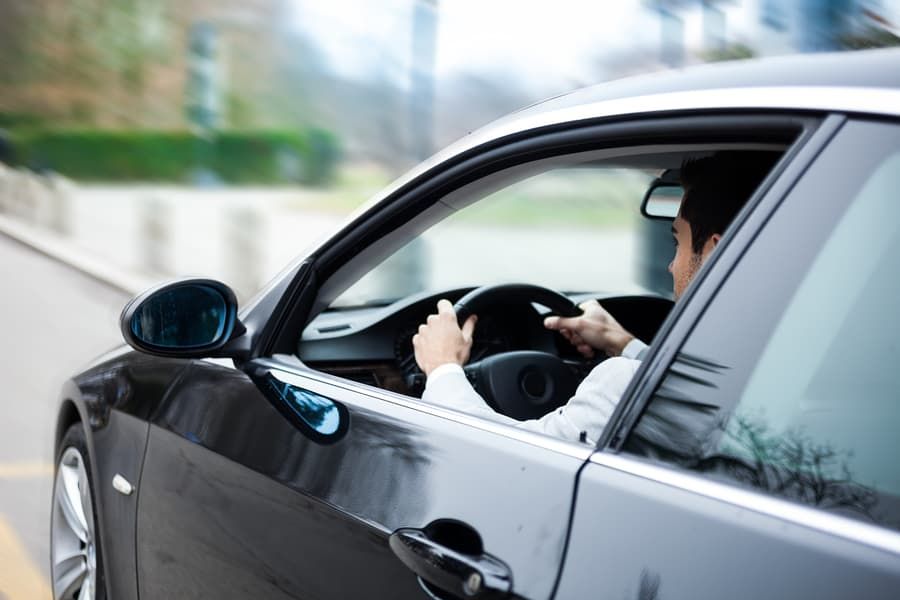 Field sobriety testing is widely debated for its accuracy, especially considering the ability of breathalyzers to determine your actual blood alcohol content (BAC) level if you’re suspected of driving while intoxicated (DWI). Yet, states like Michigan still use field sobriety testing to see just how drunk you might be. The benefit of a field sobriety test is that even if you are under the legal limit for intoxication, your ability to function after you’ve only had one or two drinks is clear. Like many states, Michigan’s legal BAC limit is .08, but, you can still be charged with a DWI if you are under that limit, and an officer can prove your inability to safely operate a car.
Field sobriety testing is widely debated for its accuracy, especially considering the ability of breathalyzers to determine your actual blood alcohol content (BAC) level if you’re suspected of driving while intoxicated (DWI). Yet, states like Michigan still use field sobriety testing to see just how drunk you might be. The benefit of a field sobriety test is that even if you are under the legal limit for intoxication, your ability to function after you’ve only had one or two drinks is clear. Like many states, Michigan’s legal BAC limit is .08, but, you can still be charged with a DWI if you are under that limit, and an officer can prove your inability to safely operate a car.
The National Highway Transportation Safety Administration (NHTSA) recommends three field sobriety tests: the horizontal gaze nystagmus (HGN), the walk and turn, and the one-leg stand. But, according to the Michigan Bar, none of these tests are completely accurate in determining your level of intoxication. With concerns over the tests being administered correctly by law enforcement officers or physical limitations of the DWI suspect (age, back injuries, etc.), field sobriety tests in Michigan are not always the best way to measure how drunk you are. A breathalyzer test, however, can quickly confirm that you’ve had too much to drink.
In Michigan, if you are convicted of DWI, you will face several consequences, including court costs and fines, possible jail time, an ignition interlock installation and more. Even a slight buzz can be enough for a DWI in Michigan, and with field sobriety testing, that buzz can turn into a long road of financial and personal consequences that are better left untouched. While any kind of test can encourage us to study hard in order to pass, in the case of a field sobriety test, it is best to take a smarter route and not drink before driving.

